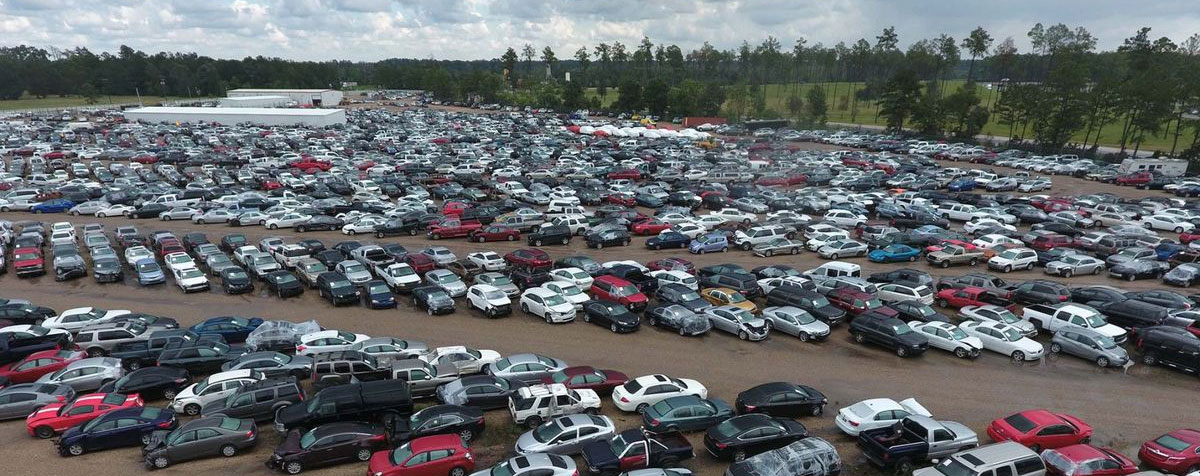
The floods that took place in Florida and Texas have widespread ramifications on thousands of cars as flood damage have impacted vehicles in undetected ways.
Buyers Beware of Cars With Flood Damage
Be mindful of the situation you are in when considering purchasing a car from dealerships this year. There will be an influx of vehicles that have been damaged by flood waters entering into the marketplace, especially on the West Coast. There are thousands of cars that are estimated to have been impacted by the water damage. Many national insurance companies have already processed over a hundred thousand auto claims due to excessive water damage.
Many companies including AAA have been proactive about educating the general consumer on what to look out for when purchasing a car.
In theory, after such a devastating natural disaster, many flood-damaged vehicles can be quickly embellished and then put on the market for up to a year after a major flood. These vehicles are often not identified as flood-damaged vehicles which can be an issue further down the line. Most states require dealers to disclose any and all known flood damage but many do a squeaky clean job to refurbish the vehicle and clean up the obvious outward evidence, thus causing a major problem.
Things to look out for are:
- Mud or residue under the dashboard
- Musty odors inside the doors, in the cabin, or trunk
- Mud behind or under hood components (alternator, starter motor, power-steering pump)
- Sensitive electronics may be harmed as well
- Effected air bags, anti-lock brakes
Most of these damages are either covered up or will not show up for days.
Here’s a great list provided by consumer reports.
How to Spot a Flood-Damaged Car
Water damage can be hard to detect, but Consumer Reports recommends that you look for some of these:
- Inspect the carpets to see if they show signs of having been waterlogged, such as smelling musty or having caked-on mud. Likewise, brand-new carpets in an older vehicle may be another red flag.
- Check the seat-mounting screws to see if there is any evidence that they have been removed. To dry the carpets effectively, the seats must be removed and possibly even replaced.
- Inspect the lights. Headlights and taillights are expensive to replace, and a visible water line may still show on the lens or reflector.
- Inspect the difficult-to-clean places, such as gaps between panels in the trunk and under the hood. Waterborne mud and debris may still appear in these places.
- Look for mud or debris on the bottom edges of brackets or panels, where it wouldn’t settle normally.
- Search around the engine compartment. Water lines and debris can appear in hard-to-clean places, such as behind the engine.
- Look at the heads of any unpainted, exposed screws under the dashboard. Unpainted metal in flood cars will show signs of rust.
- Check to see if the rubber drain plugs under the car and on the bottom of doors look as if they have been removed recently. That may have been done to drain floodwater.
If you have purchased a car with flood damage, contact us, and we’ll contact you to an auto fraud attorney who can help with your case. Call 818-697-4295.